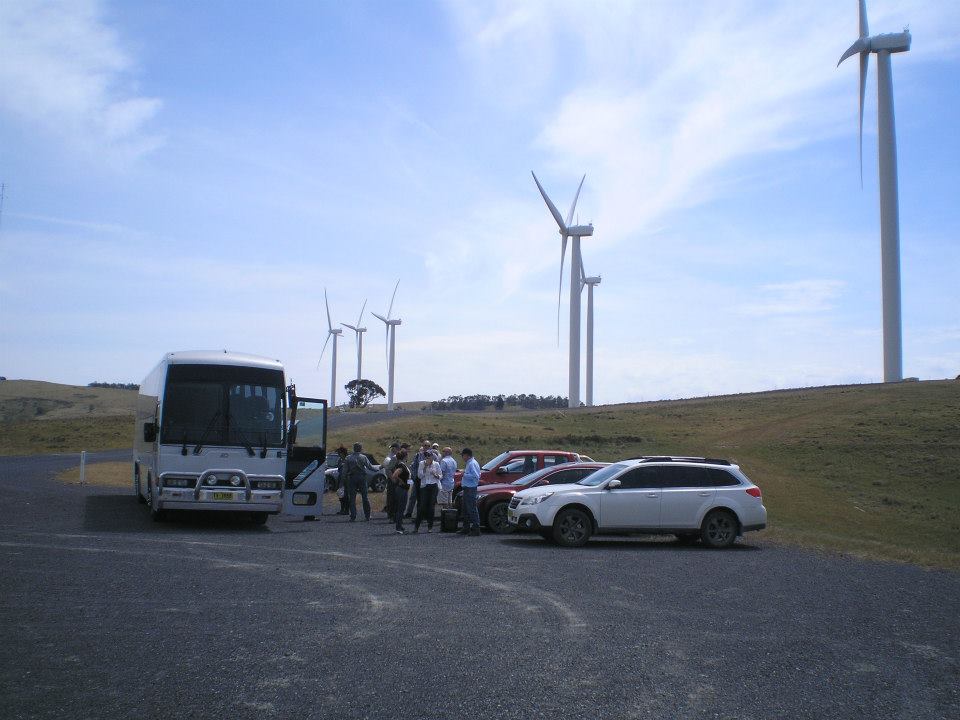With 4,000 direct jobs in rural NSW and over $6billion in investment in the pipeline you would expect politicians on the Southern Tablelands to be supporting jobs in the renewable energy industry. This industry has become one of the major employers in this region.
Instead they are listening to the noisy few who are actively working to destroy the best long-term opportunity this region has seen for decades.
Windfarms are an excellent way for farmers to secure a passive income stream to make their farms viable for the long term. Windfarm income allows farmers, large and small, to run economically, environmentally and ecologically sustainable farms. It also frees them (and the Government) of the reliance on drought assistance the next time it stops raining.
Charlie Prell, Crookwell farmer and spokesman for The NSW Regional Renewables Alliance said local councils and politicians should be meeting with windfarm developers to negotiate the best possible outcome for all in their community. Ideally this would mean a strong local component in every project, funds for community enhancement projects, local road upgrades and more.
“The Southern Tablelands region has the most to gain in Australia as a renewable energy hub with potential jobs for locals and huge investment opportunities in the area,” he said.
“Development models used by the windfarm industry need to be improved. Landowners in the immediate precinct of a proposed windfarm need to be included in any consultation and eventually in any payments. This would allow the whole community to “own” the project. Any spectre of land devaluation in the immediate precinct of the windfarm would instantly evaporate. Properties would be retained as productive rural land and would actually increase in value because of the income from the windfarm,” he said.
Mr Prell said he believed the vast majority of people in this area were in favour of windfarms. In the most comprehensive survey of community attitudes to wind farms, conducted by the NSW Dept of Environment in 2010, 89 per cent of people surveyed on the Southern Tablelands supported wind farms in their region.
Over 700 construction jobs on the Southern Tablelands have been created as a result of wind farms. The Capital Windfarm alone has put $10million into the local economy during construction and $3million every year thereafter. Over 1,500 tourists have visited the Capital Windfarm, which is great news for the local economy.
“Opportunities in regional Australia are hard-won. It is ludicrous to squander them because a noisy minority doesn’t like the look of wind turbines. Coal mines are a far greater eyesore, use billions of litres of water, contaminate our best farming country, and destroy the environment,” said Mr Prell.
The NSW Regional Renewables Alliance, representing farmers and rural businesses, is calling on local politicians to quantify how they will address climate change and how they will replace the jobs and investment that will be lost to this area if the windfarm industry is closed down.
For Further information contact:
Charlie Prell
Mobile: {oh four mobile prefix}27-224 839
